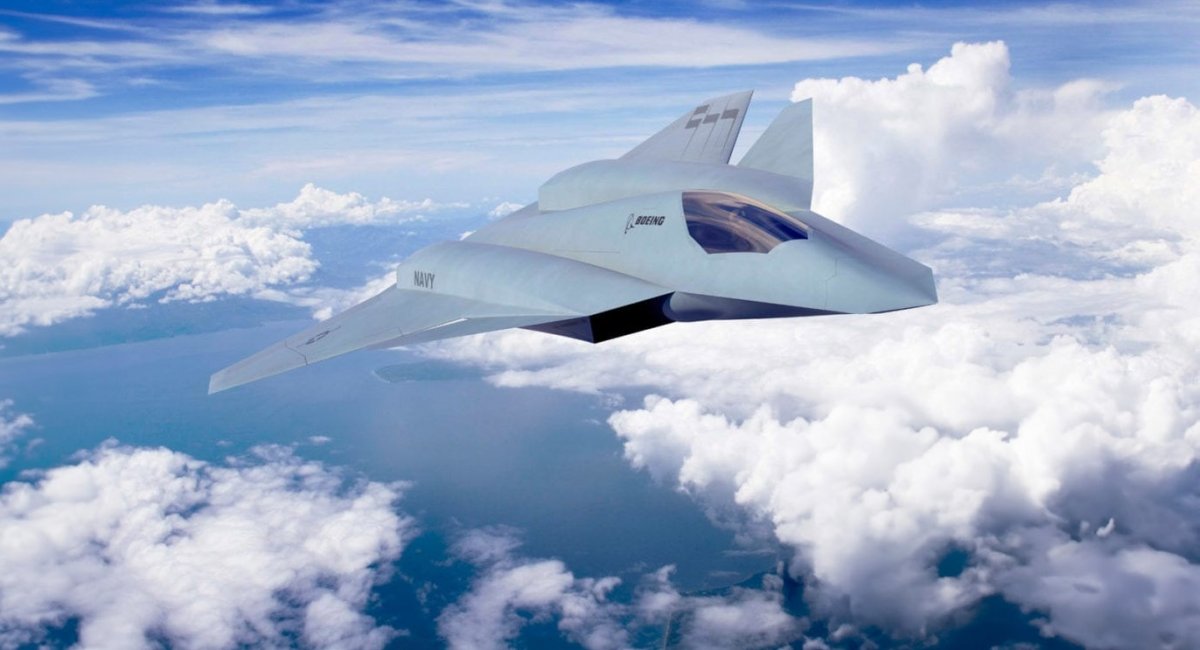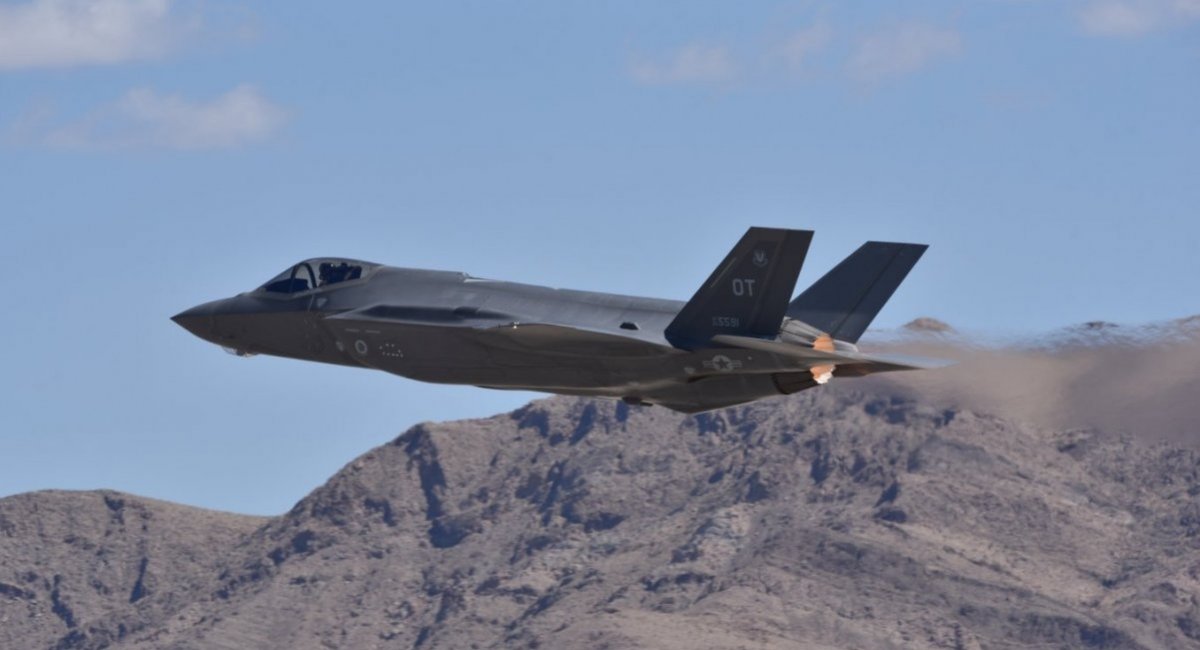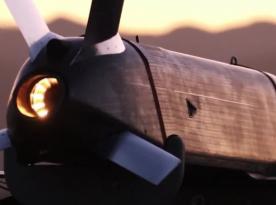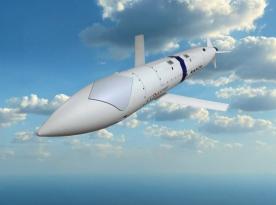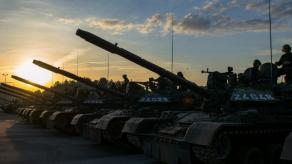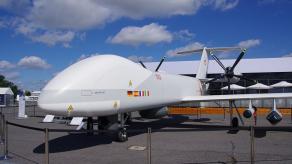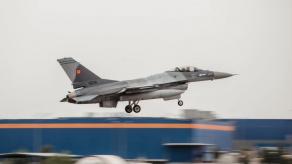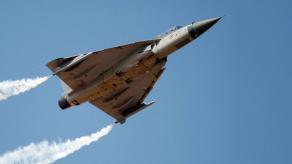The proposed F-55 fighter jet, a twin-engine variant of the F-35, may be little more than a strategic maneuver by Lockheed Martin to keep Pentagon funding flowing after losing the sixth-generation F-47 contract to Boeing.
This view was shared by industry experts in an interview with Defense Blog. According to them, adding a second engine to the F-35 is not just a "simple modification" but effectively requires designing an entirely new aircraft — including a rework of the fuselage, wings, tail section, and overall stealth configuration.
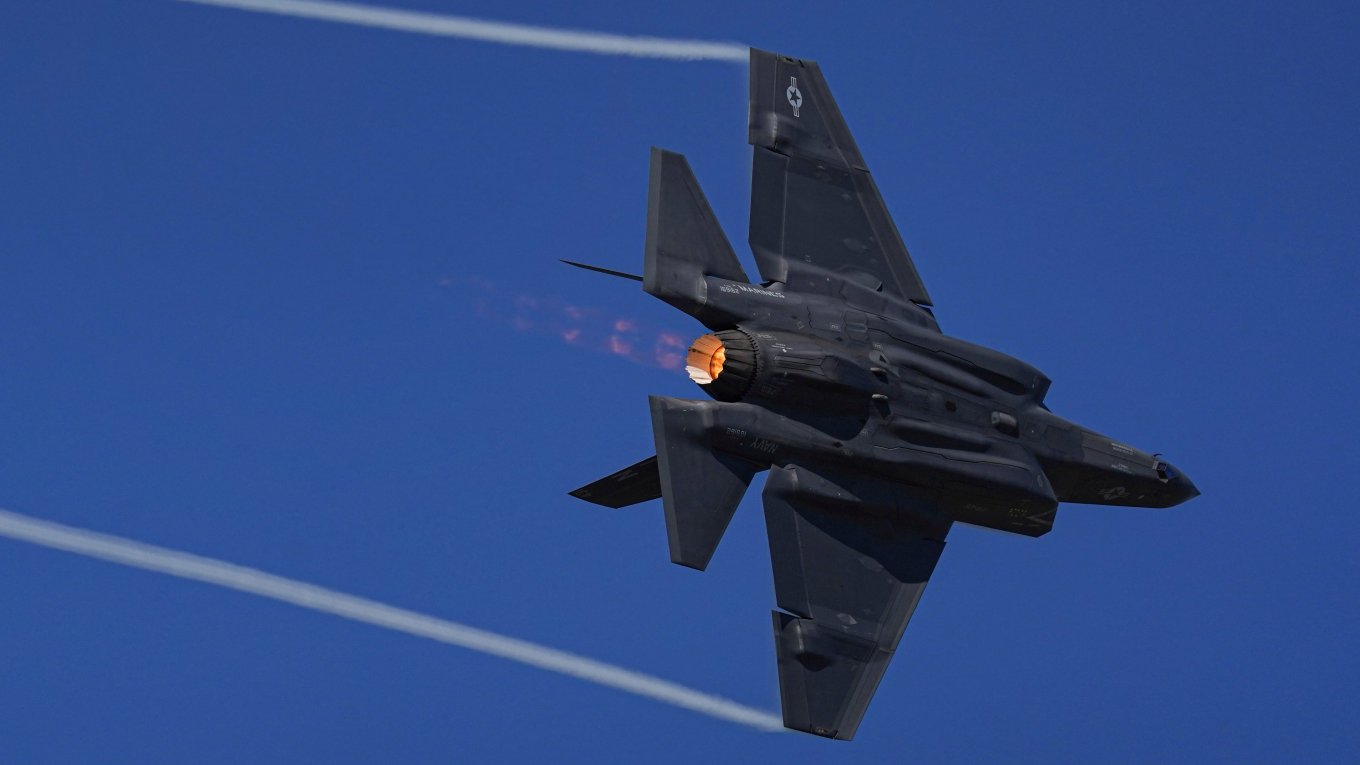
As Defense Express previously noted, doubts about the project's necessity have already surfaced. But now it's becoming clear that this may not just be about hollow political declarations — it may be a Lockheed Martin marketing campaign.
Meanwhile, the U.S. is currently evaluating changes to the F-35's nose structure to allow swapping between the current AN/APG-81 radar and the newer AN/APG-85. The problem: delays in producing the AN/APG-85 threaten to disrupt the aircraft's delivery timeline.

One could argue that the overly aggressive production schedule is to blame, but ultimately, this reflects poor program management — delaying U.S. fleet modernization while increasing overall costs.
Despite these concerns, the F-35 remains the world's most produced fifth-generation fighter and arguably outclasses most of its competitors. This success earned Lockheed Martin a massive portfolio of export contracts.
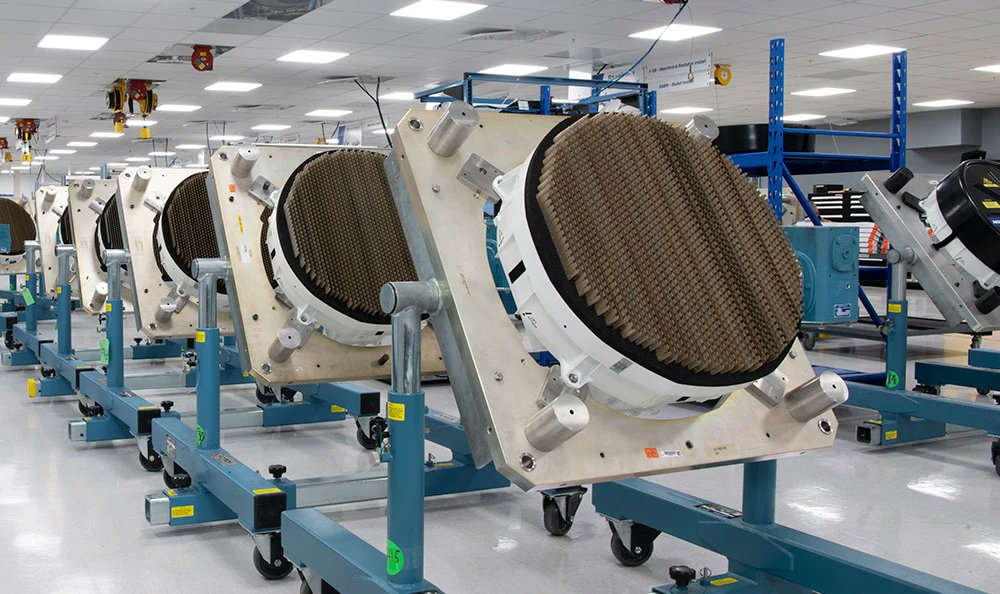
Still, aircraft performance doesn't erase the valid concerns about the broader program, especially now that it's being augmented with the questionable F-55. In the U.S., experts fear that this project may consume limited resources and create a false sense of improved defense capabilities.
This fear is grounded in recent trends. Several U.S. defense programs have been cut due to budget constraints. While some cancellations — like the Liberty Lifter ekranoplan or the M10 Booker light tank — have reasonable justifications, others remain controversial.
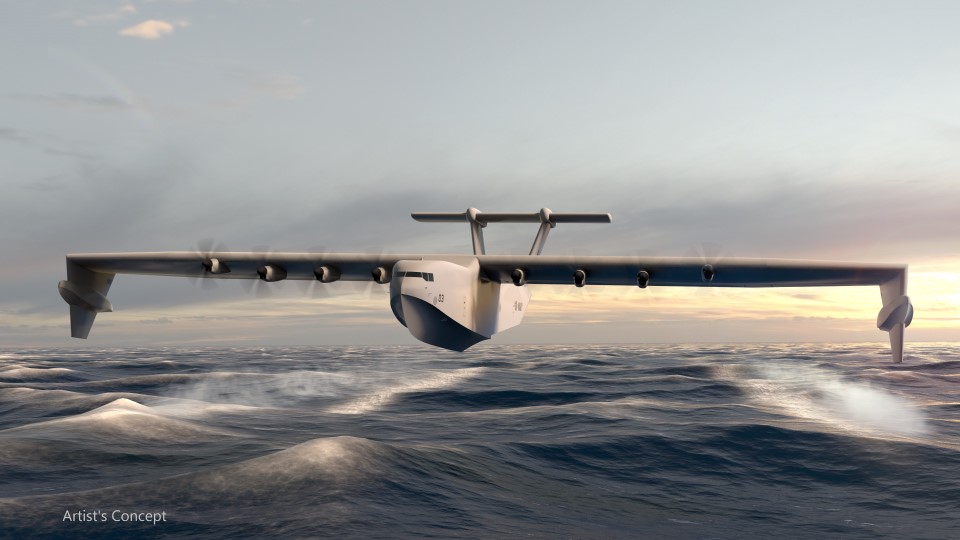
One example is the E-7 Wedgetail early-warning aircraft, which was scrapped by the Pentagon despite leaving a significant operational gap. The plan now is to rely on the aging E-2 Hawkeye and still-incomplete satellite solutions.
On the ground side, the M88A3 armored recovery vehicle program was abandoned in favor of extending the use of older M88A2 units — which, notably, are unable to tow the M1A2 SEPv3 Abrams.
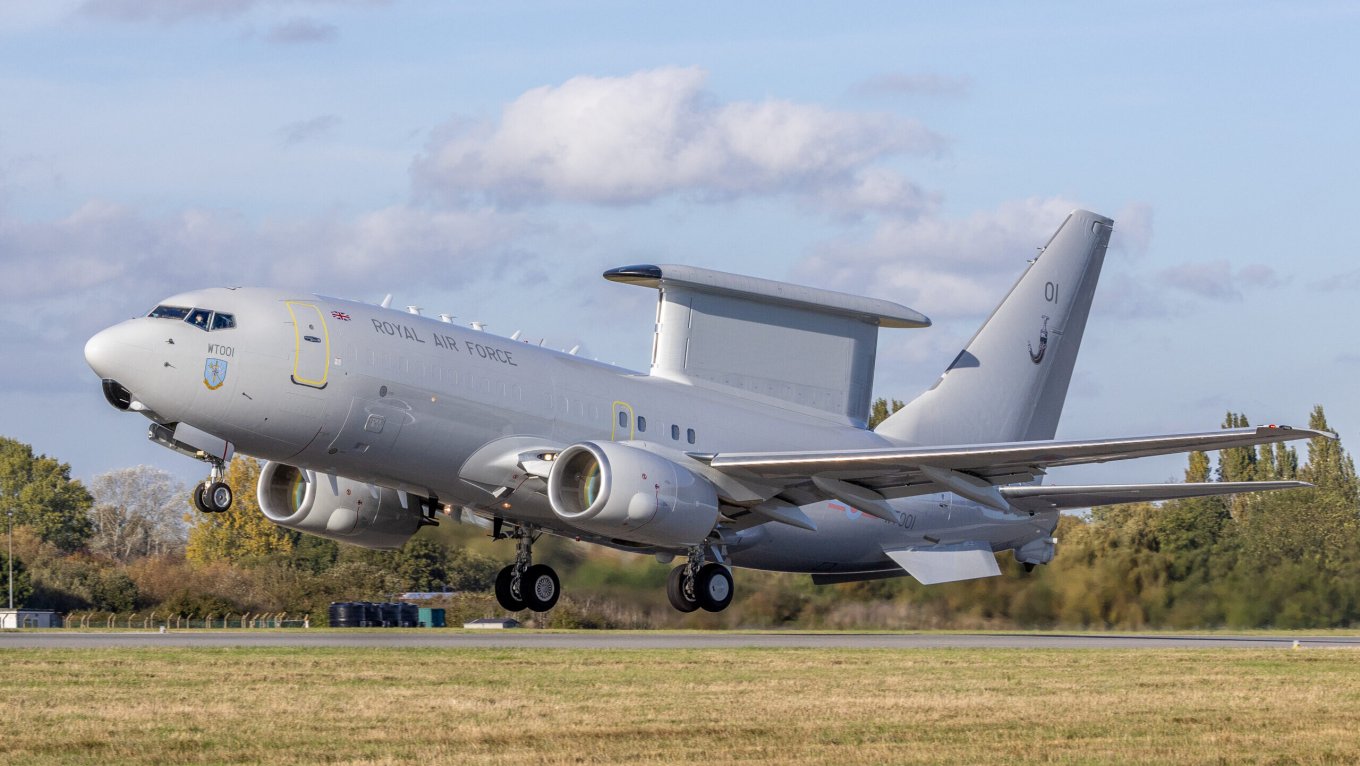
Even worse, the U.S. Navy and Air Force are currently locked in a budget battle over sixth-generation fighter funding. So far, the Navy's concept appears to be losing ground to the Air Force's NGAD program.
Against this backdrop, the F-55 risks becoming yet another money pit with no strategic benefit — while the U.S. continues to cut its capabilities elsewhere.
